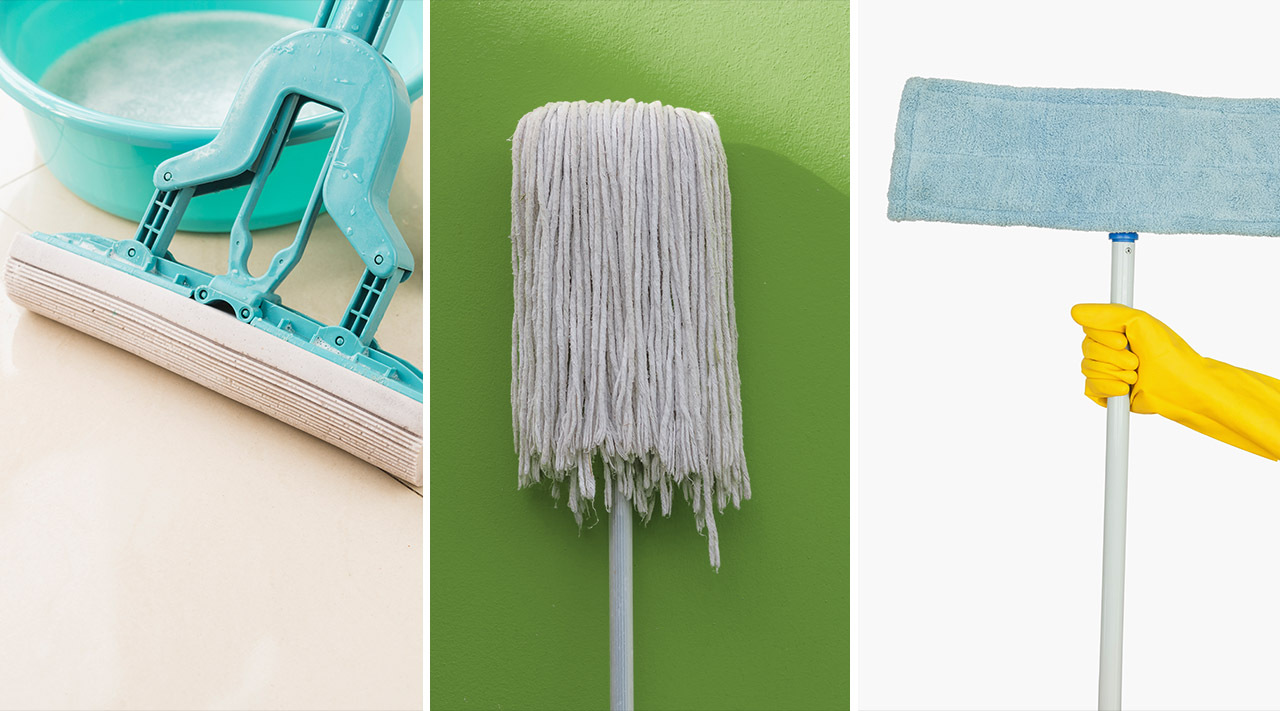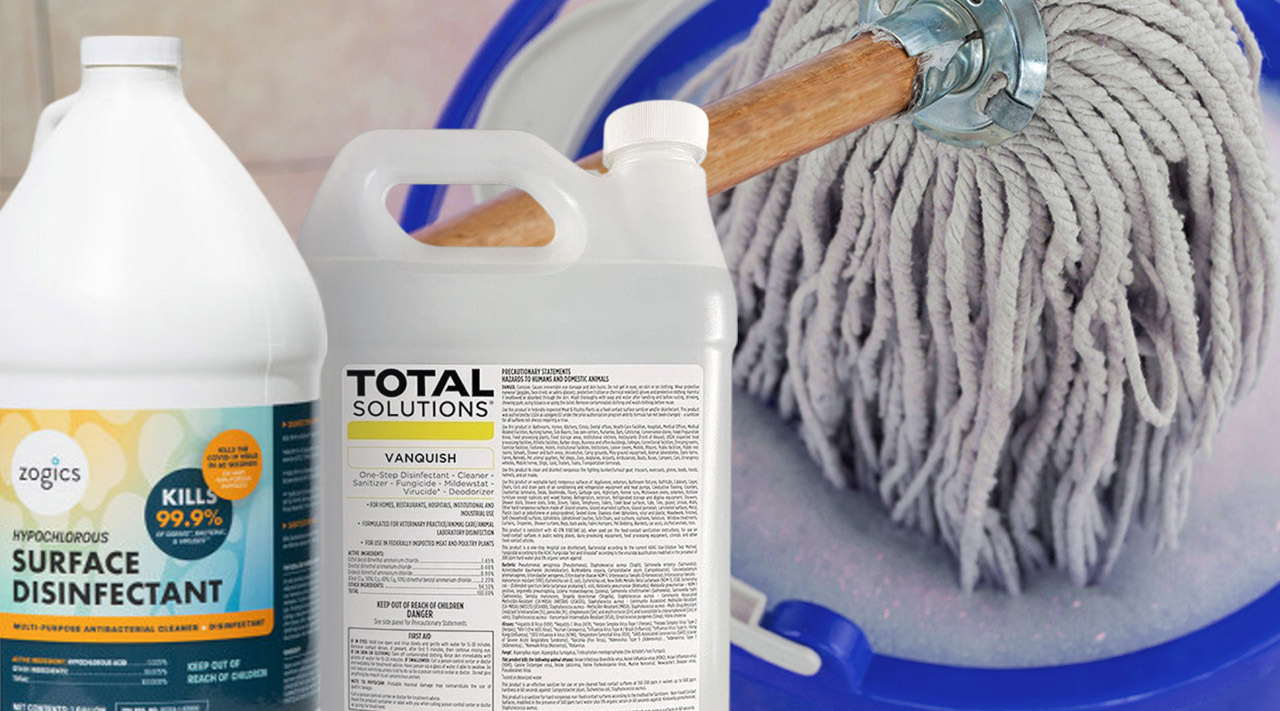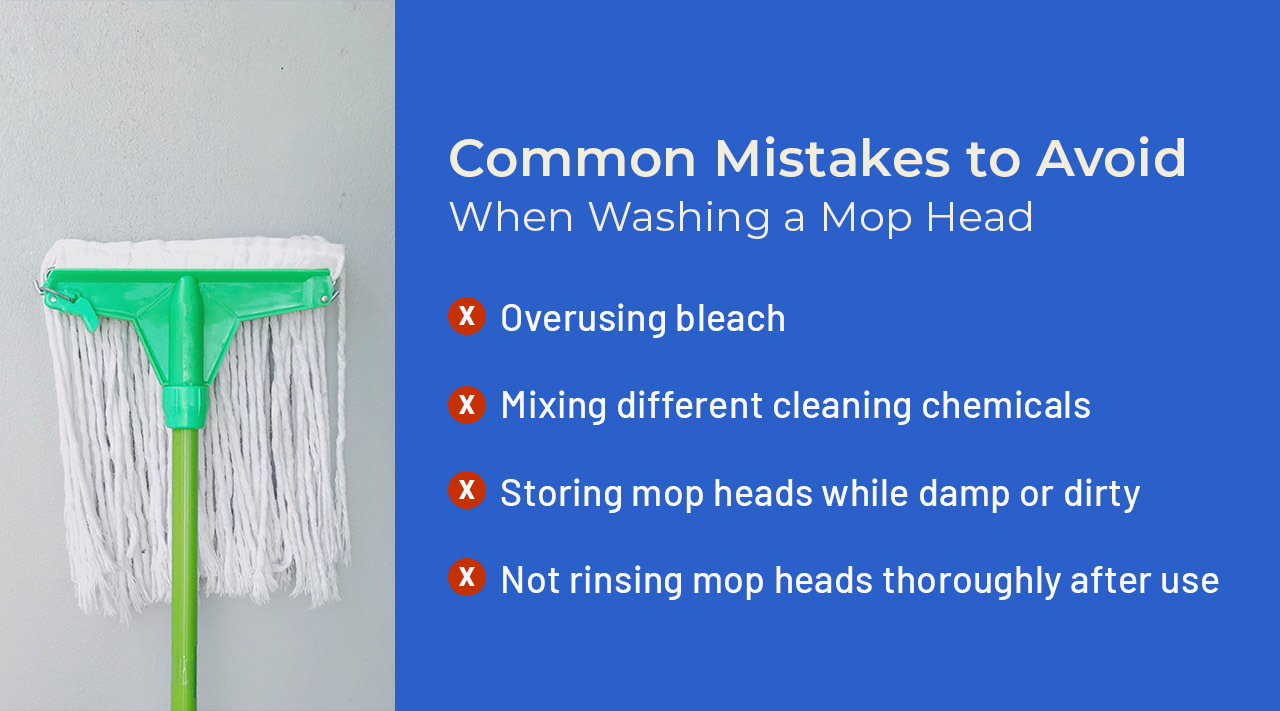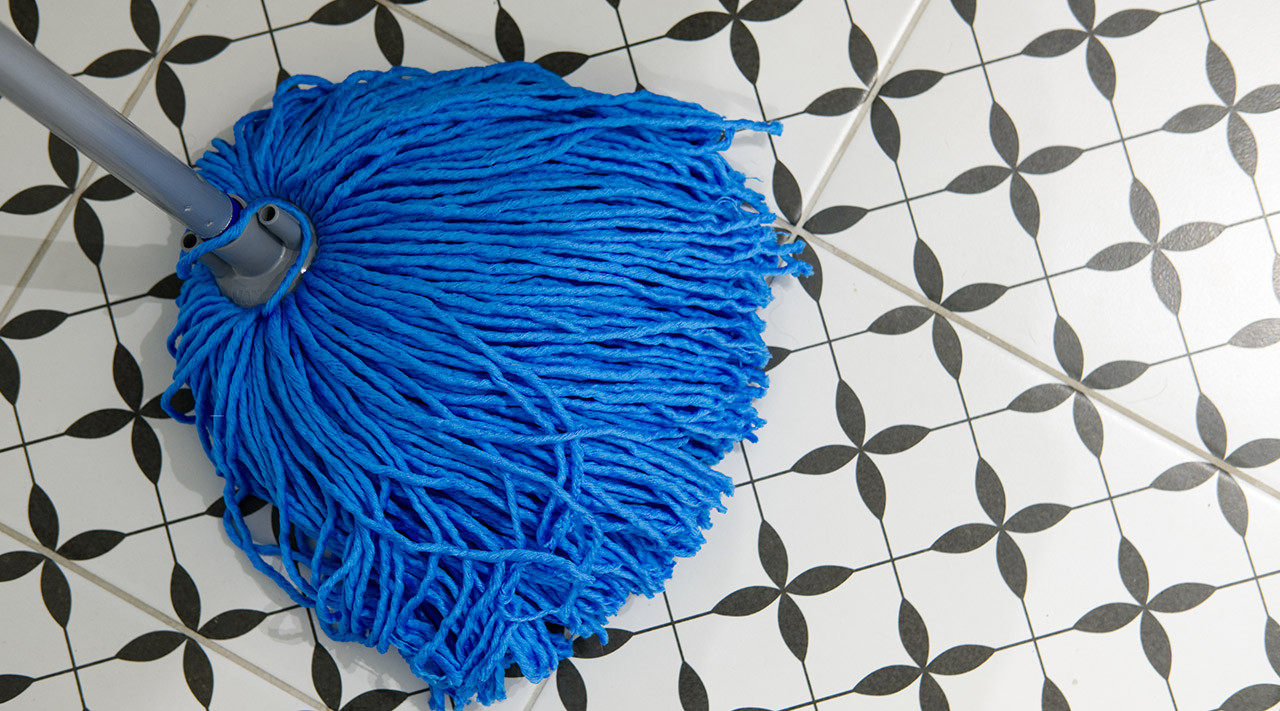How to Wash a Mop Head: Easy Steps for a Spotless Clean
Wondering how to wash a mop head effectively? Keeping your mop clean doesn’t just make your floors shine—it also helps prevent bacteria buildup and unpleasant odors. Regularly clean a mop by rinsing thoroughly, using hot water, and incorporating cleaning solutions such as bleach or vinegar to disinfect and remove odors. This guide provides clear, step-by-step instructions for washing sponge, cotton, and microfiber mop heads, ensuring a fresh and sanitary cleaning tool.
Key Takeaways:
• Use warm water and appropriate cleaning solutions for different mop materials.
• Regularly disinfect mop heads to eliminate bacteria and odors.
• Mop heads should be cleaned after each use to prevent dirt and bacteria buildup.
• Proper drying and storage prevent mold, mildew, and unpleasant smells.
Supplies Needed:
Before starting, gather the following supplies:
• Bucket with warm water
• White vinegar or hydrogen peroxide
• Mild detergent (optional for sponge mop heads)
• Cleaning cloths or towels
• Bleach (optional for disinfecting)
• Mop bucket
Having your supplies prepared helps streamline the cleaning process.
Choosing the Right Cleaning Method
Choosing the right cleaning method for your mop head depends on the type of mop head material and the level of dirt and grime. For example, microfiber mop heads can be washed in a washing machine, while sponge mop heads may require hand washing or soaking in a cleaning solution. It’s also important to consider the type of cleaning solution used, as some may be too harsh for certain materials. White vinegar and hydrogen peroxide are popular cleaning solutions that are gentle and effective. When choosing a cleaning method, consider the type of mop head, the level of dirt and grime, and the desired level of cleanliness. Regular cleaning and disinfecting of mop heads can help prevent the spread of bacteria and germs, and keep your floors clean and hygienic.
Preparation for Deep Clean
Before deep cleaning your mop head, it’s essential to prepare the area and the mop head itself. Start by removing any excess debris or dirt from the mop head, and then rinse it with warm water to remove any loose dirt. Next, mix a cleaning solution of hot water and a mild detergent, such as Hypocholorous Acid or white vinegar. For tougher stains or odors, you can soak the mop head in the cleaning solution for several minutes before washing. Make sure to wring out the mop head thoroughly after washing to prevent excess water from accumulating and promoting the growth of mold and mildew. It’s also important to dry the mop head completely after washing to prevent bacterial growth and keep it fresh for the next use.

How to Wash Different Types of Mop Heads
How to Clean Sponge Mop Heads
1. Fill a bucket with warm water and mild detergent.
2. Soak mop head for 10–15 minutes.
3. Rinse thoroughly under running water.
4. Ensure that all dirty water is removed to maintain the mop's effectiveness.
5. Wring out excess water.
6. Allow it to air dry completely in a well-ventilated area.
How to Clean Cotton Mop Heads
1. Detach mop head from handle.
2. Machine wash on gentle cycle using the hot water setting.
3. Avoid fabric softeners—they reduce cleaning effectiveness.
4. Air dry completely before reusing.
How to Clean Microfiber Mop Heads
1. Wash in warm water without fabric softener or bleach.
2. Launder separately or with other microfiber items.
3. Rinse thoroughly to remove any residue.
4. Air dry completely to maintain absorbency.
How to Disinfect a Mop Head
Regular disinfecting keeps your mop sanitary:
1. Mix ½ cup bleach or 1 cup vinegar per gallon of hot water or use a disinfectant.
2. Soak mop head for 20–30 minutes.
3. Rinse thoroughly with clean water.
4. Air dry completely in a ventilated space.
Best Way to Dry Mop Heads
Proper drying prevents mold and odors:
• Always air dry mop heads fully.
• Hang them in a well-ventilated area.
• Avoid machine drying, as it can damage fibers and retain moisture.
• Store mop heads in a cool, dry place to prevent mold and bacteria growth.
Proper Storage for Mop Heads
Good storage practices maintain cleanliness:
• Store only fully dried mop heads.
• Hang mop heads in ventilated spaces.
• Avoid leaving mop heads soaking overnight to prevent deterioration.
• Ensure mop heads are stored in a cool, dry place to maintain their cleanliness and longevity.
How Often to Clean and Replace Mop Heads
• Wash mop heads thoroughly after each use, or at minimum, rinse well.
• Replace mop heads every 2–3 months, or immediately if they need to be replaced due to damage.

Steam Mop Maintenance
Steam mops are a popular choice for cleaning floors, but they require regular maintenance to keep them working effectively. After each use, make sure to empty the water tank and wipe down the steam mop with a dry towel to remove any dirt or debris. Every few uses, deep clean the steam mop by descaling the water tank and cleaning the mop pad. You can also wash the mop pad in a washing machine or by hand with a mild detergent. To prevent the growth of mold and mildew, make sure to dry the steam mop thoroughly after each use and store it in a well-ventilated area. Regular maintenance of your steam mop will help extend its life and keep your floors clean and hygienic. Additionally, consider replacing the mop pad every 3-6 months or when it becomes worn or damaged to ensure optimal cleaning performance.

Common Mistakes to Avoid:
• Overusing bleach (use no more than ½ cup per gallon).
• Mixing different cleaning chemicals (this can cause toxic reactions).
• Storing mop heads while damp or dirty.
• Not rinsing mop heads thoroughly after use, which can lead to dirt and bacteria buildup.
Shop Top-Rated Mop Essentials
Looking for reliable, commercial-grade mop heads and cleaning tools? We’ve got you covered with everything you need to keep your floors spotless.
• Microfiber Mops, Flat Mops, Buckets & More
• Durable & Easy-to-Clean Mop Heads
• Perfect for Commercial & Residential Use
➡️ Shop Mop & Floor Cleaning Supplies
Not sure which mop is right for your needs?
Check out our helpful guide:
➡️ Different Types of Mops Explained: Which Is Best?
Frequently Asked Questions
What is the best way to clean a dirty mop head?
The best way is to soak it in warm water with mild detergent or vinegar solution, rinse thoroughly, and air dry completely.
Is it sanitary to wash mop head in a washing machine?
Yes, cotton and microfiber mop heads can be machine washed. Use a gentle, hot water cycle without fabric softener or bleach.
How do you get mildew out of a mop head?
Soak the mop head in a solution of 1 cup vinegar or ½ cup bleach per gallon of hot water for 20–30 minutes, then rinse thoroughly and air dry completely.
How to get grease out of mop head?
Use warm water mixed with mild detergent or degreaser, soak the mop head for 15–20 minutes, rinse thoroughly, and air dry.
How often should I wash my mop head?
Wash or thoroughly rinse your mop head after every use to maintain cleanliness and hygiene.
How to clean a smelly mop?
Soak it in a vinegar or bleach solution (½ cup per gallon of hot water), rinse well, and air dry completely in a well-ventilated area.
How to disinfect mop head?
Disinfect by soaking in ½ cup bleach or 1 cup vinegar mixed with one gallon of hot water for 20–30 minutes, then rinse thoroughly and air dry. Using a disinfecting solution like a mixture of hot water and vinegar can help maintain hygiene.
Conclusion
Caring for your mop head ensures a hygienic, efficient, and long-lasting cleaning tool. Regular cleaning, disinfecting, and proper drying will help maintain spotless floors and a fresh-smelling home. Follow these steps to make your cleaning routine easier and more effective. A thorough cleaning process ensures that your mop head remains effective and hygienic.
Recent Posts
-
Fragrance-Free vs Scented: Build an Allergy-Safe Cleaning Program that Still Works
When "Clean" Becomes a Complaint You know the scene: your custodial team disinfects the office overn …Dec 05, 2025 -
How to Prevent Slippery Floors After Disinfecting: Custodian Safety Guide
When Clean Turns Dangerous You've just finished disinfecting the lobby floor. It's spotless. Germ-fr …Nov 28, 2025 -
Sensitive Skin Cleaning: Low Irritant Disinfectants, Gloves, and Hand Care Stations
Facility managers often report that skin irritation ranks among the top three health complaints from …Nov 14, 2025




